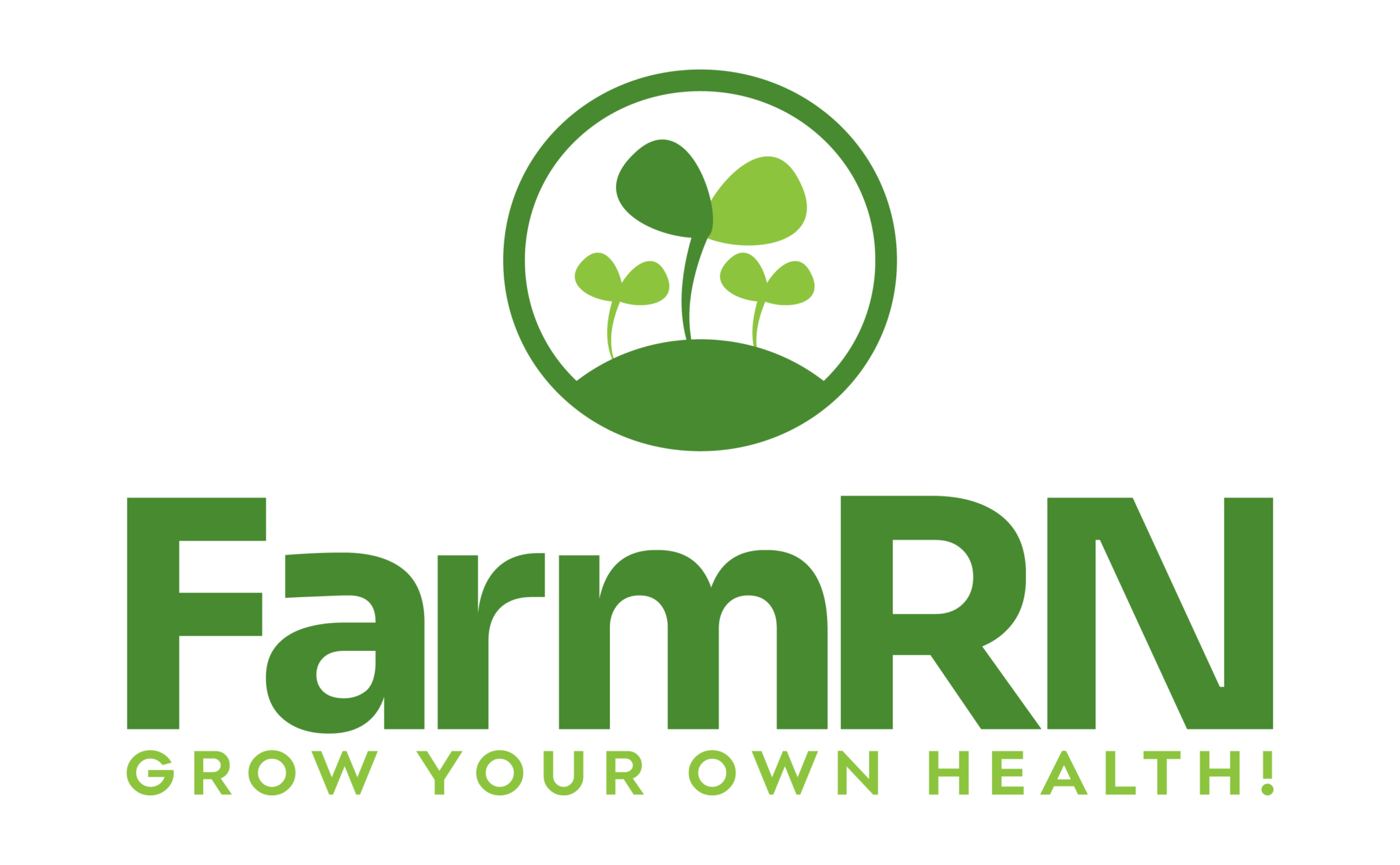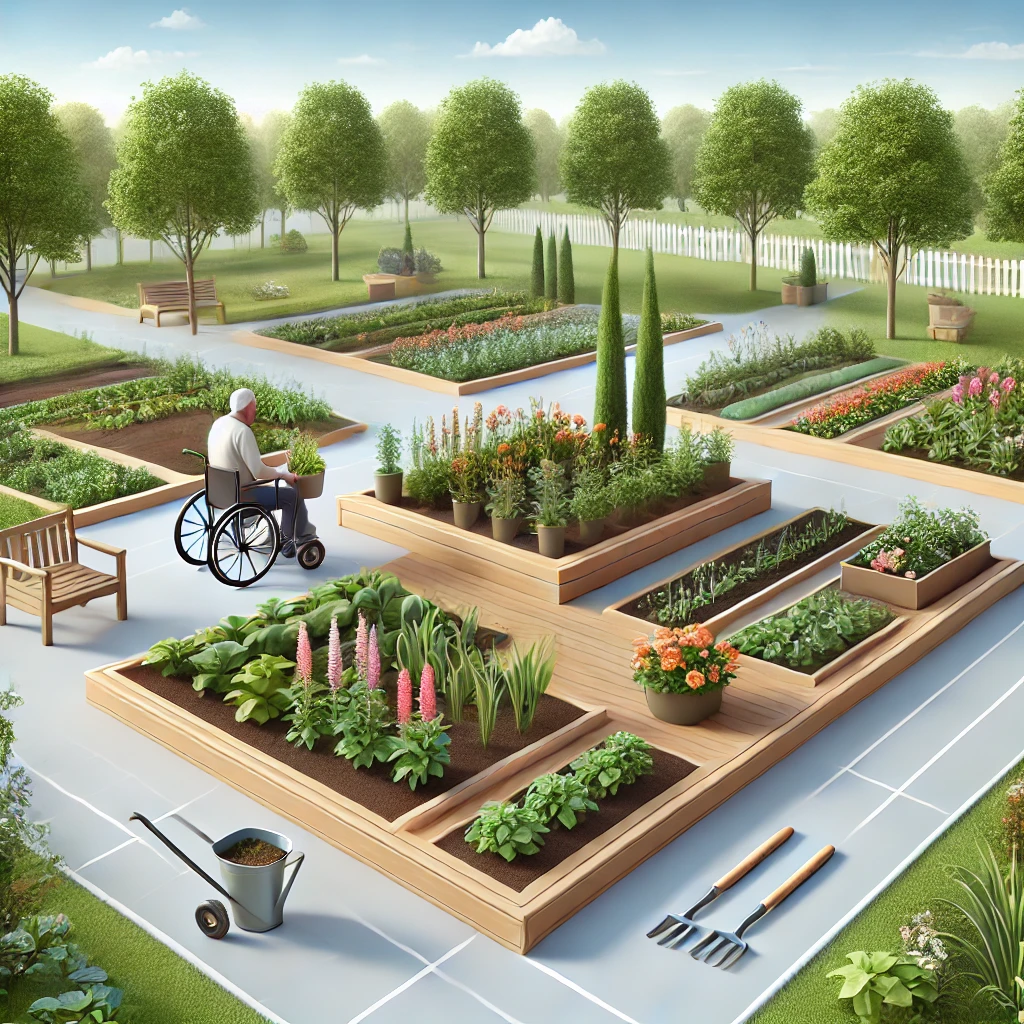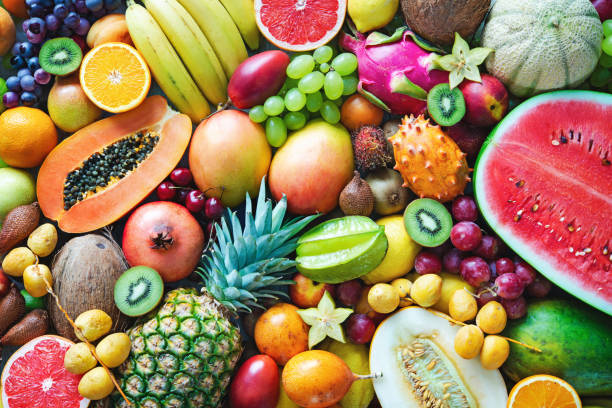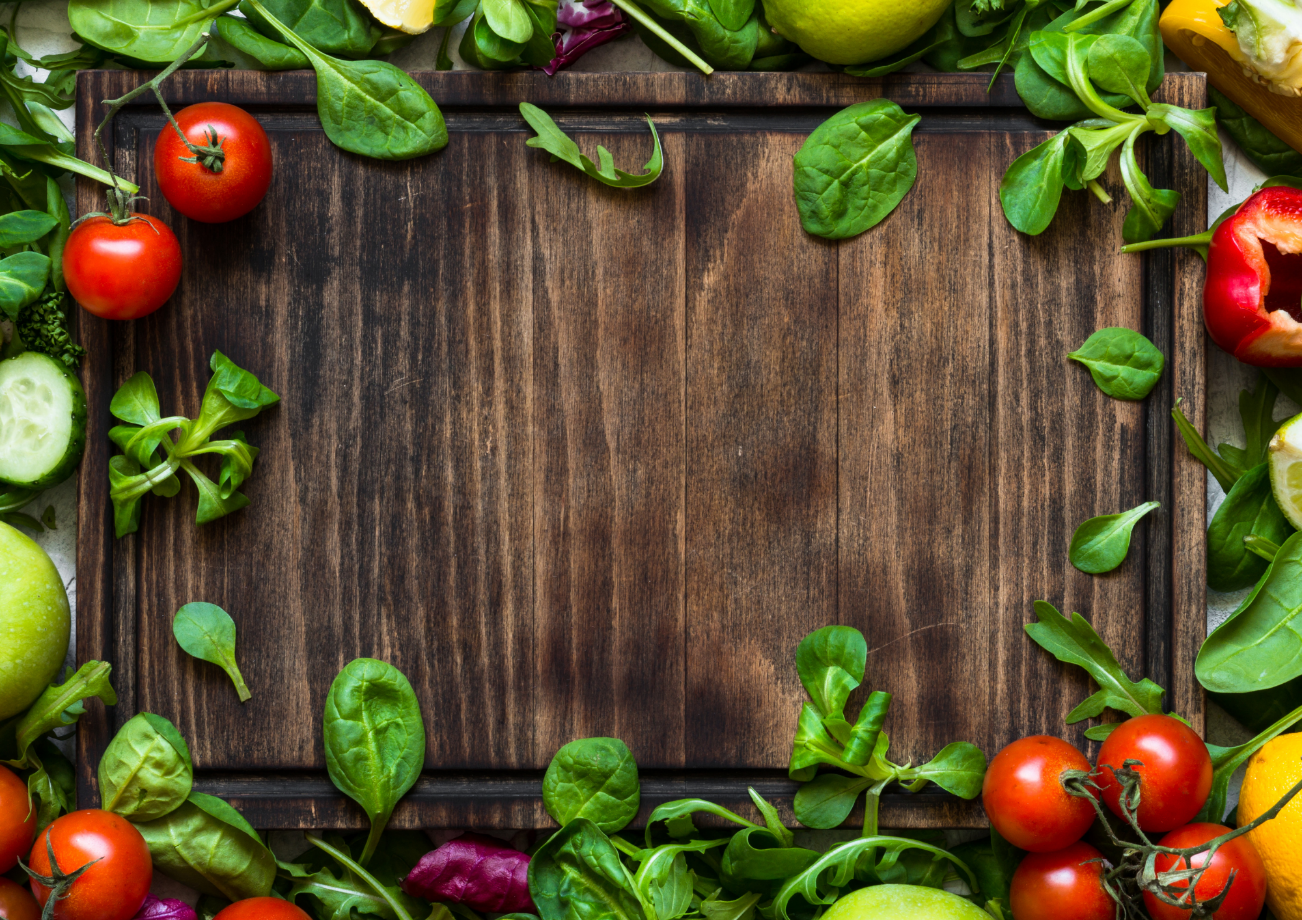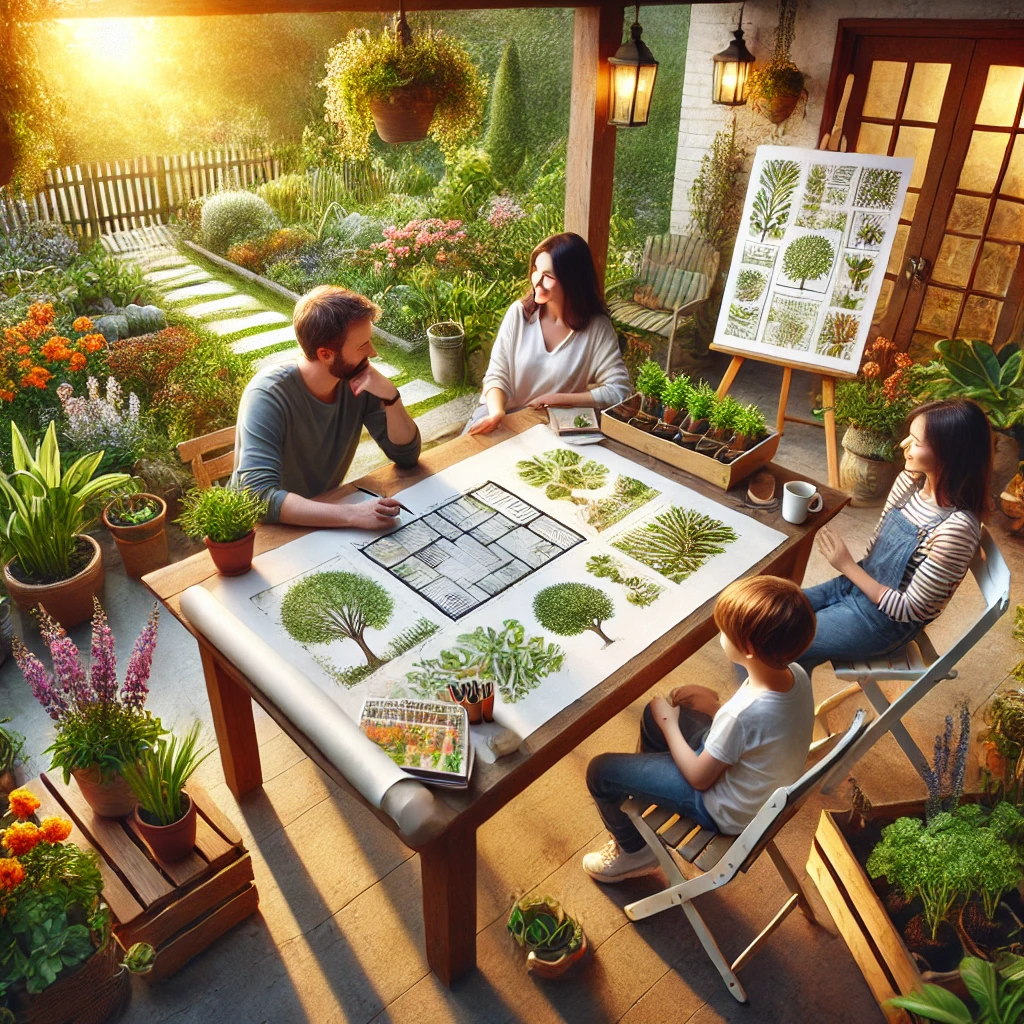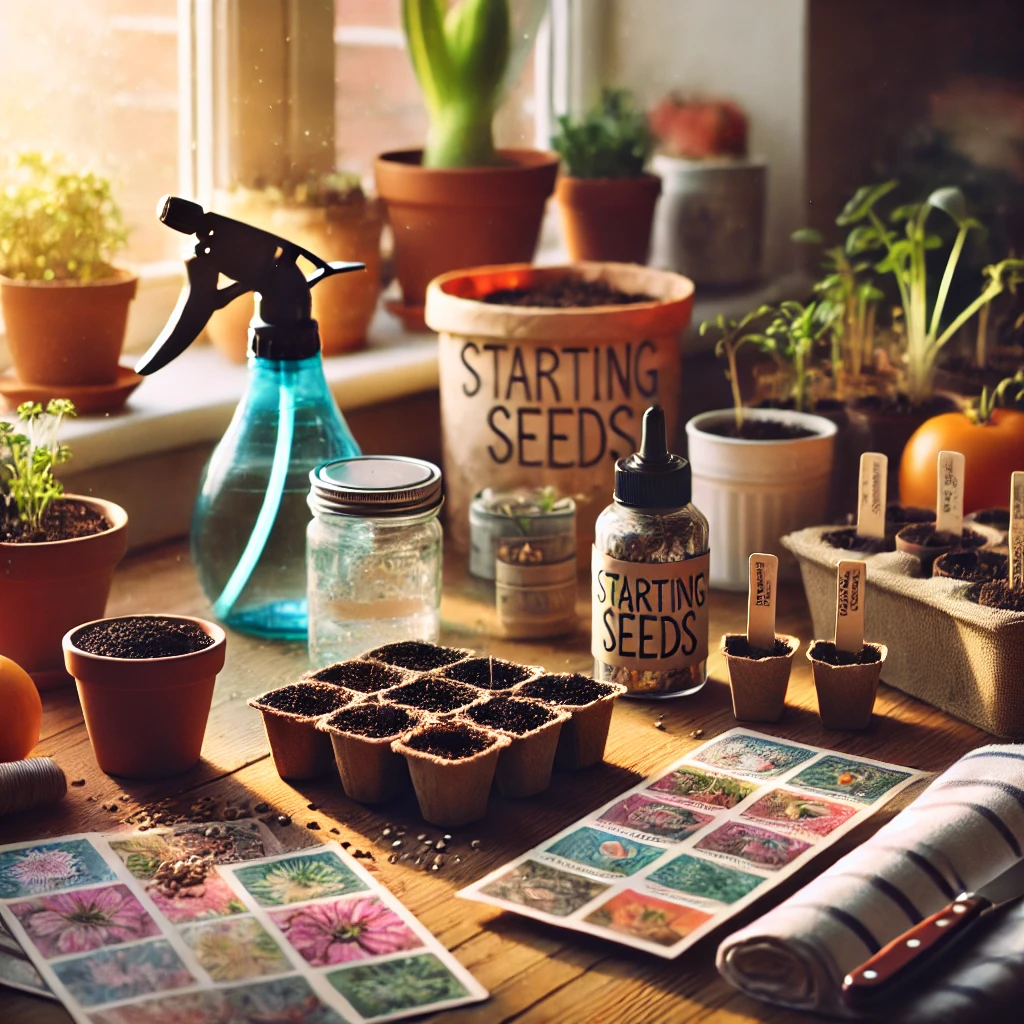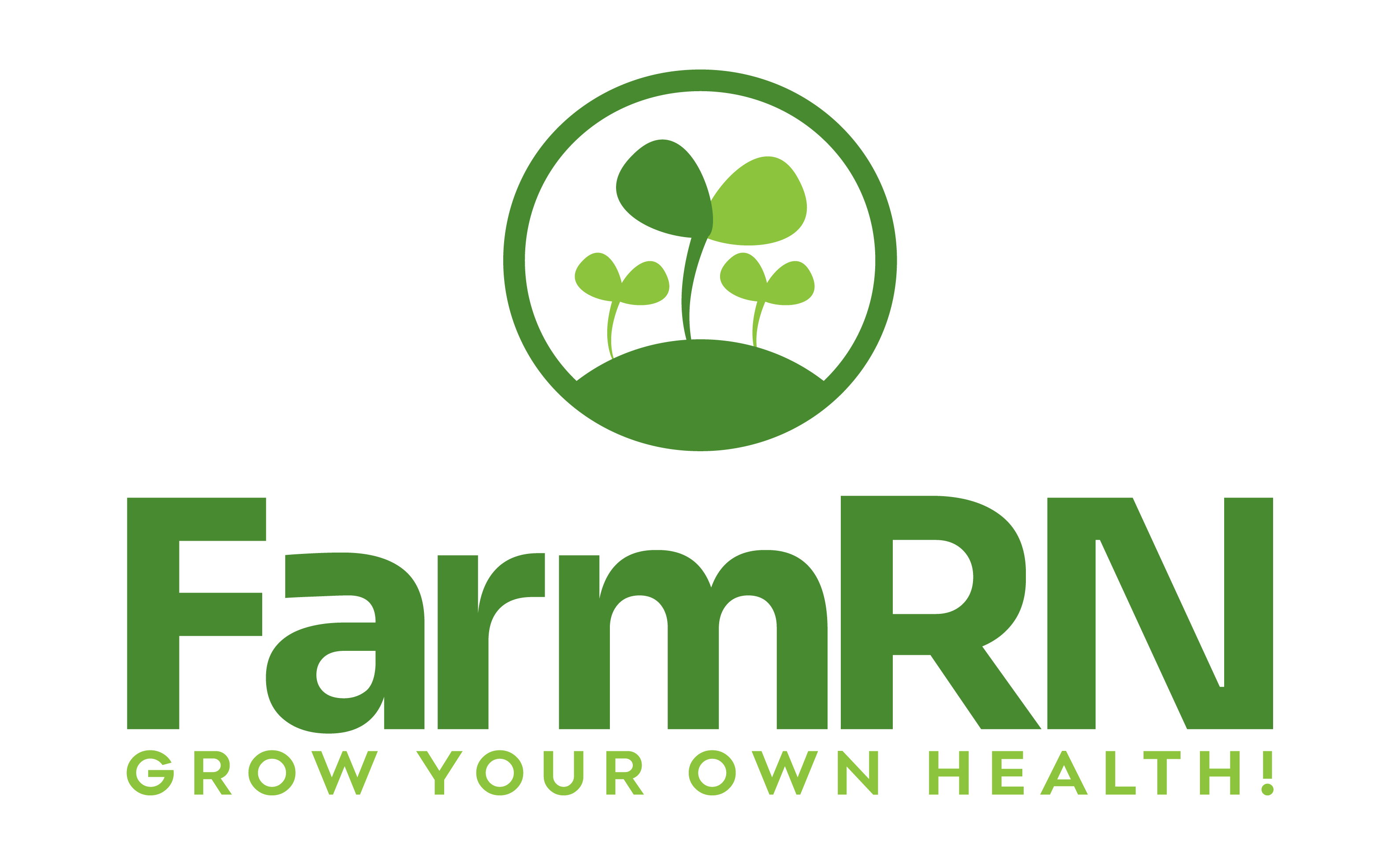Introduction: Unveiling the Secrets Beneath Your Feet
In the vibrant world of gardening, the soil beneath our feet harbors secrets waiting to be discovered. It’s the foundation upon which our gardens thrive or wither, making soil health paramount to any successful gardening endeavor. Yet, the complexity of soil can often seem like a mystery, a hidden world of nutrients, pH levels, and texture. For the dedicated gardener, understanding this underground universe is crucial, and that’s where DIY soil tests come in. These simple, at-home experiments can unlock the secrets of your soil, empowering you to make informed decisions that will bring out the best in your garden. From assessing nutrient content to determining pH levels, DIY soil tests are your first step toward a flourishing garden. Join us as we dig into the art and science of DIY soil testing, a journey that will not only deepen your connection with your garden but also enhance its vitality and productivity.
The Significance of Soil Testing
Soil testing is not just a task on the gardener’s to-do list; it’s a critical step toward understanding the very foundation of your garden’s health and productivity. The significance of soil testing lies in its ability to unveil the hidden characteristics of your soil, revealing nutrient levels, pH balance, and more. This invaluable information guides gardeners in making informed decisions that can dramatically improve plant health, yield, and the overall vitality of the garden.
At its heart, soil testing demystifies the soil’s nutrient profile, pinpointing deficiencies that could hinder plant growth. Whether it’s a lack of nitrogen slowing leaf development, phosphorus deficiencies affecting root growth, or a scarcity of potassium impacting flower and fruit formation, understanding your soil’s nutrient makeup allows for targeted amendments. This precision not only ensures that plants receive exactly what they need but also prevents the overuse of fertilizers, contributing to a more sustainable gardening practice.
Equally important is the soil pH—a measure of acidity or alkalinity—that influences a plant’s ability to absorb nutrients. Soil testing sheds light on this crucial aspect, enabling gardeners to adjust pH levels through natural amendments, ensuring that plants can access the nutrients present in the soil.
Furthermore, soil testing can reveal issues with soil composition and drainage, essential factors in root health and water availability. Identifying these issues early allows for adjustments that can prevent plant stress, disease, and poor yield.
In essence, the significance of soil testing extends beyond nutrient management; it’s about creating an environment where plants can thrive. By embracing soil testing, gardeners take a proactive approach to garden management, setting the stage for a lush, productive, and sustainable garden that brings joy and abundance season after season.
Starting with pH: The Acidity or Alkalinity of Your Soil
Starting with the pH level of your soil is akin to setting the foundation for a thriving garden. Soil pH, a measure of how acidic or alkaline your soil is, plays a pivotal role in plant health by affecting nutrient availability. A pH scale ranges from 0 to 14, with 7 being neutral. Values below 7 indicate acidity, while those above 7 denote alkalinity. Most garden plants thrive in slightly acidic to neutral soil (pH 6.0 to 7.0), where essential nutrients are most readily available.
Understanding the pH of your soil is crucial because if the pH level is too high or too low, plants may struggle to absorb nutrients effectively, even if those nutrients are present in abundance. For instance, iron becomes less available in alkaline soils, leading to chlorosis in plants, a condition marked by yellow leaves with green veins. Conversely, overly acidic soils can lead to toxic levels of certain minerals like aluminum and manganese, which can harm plant roots and reduce growth.
Fortunately, adjusting your soil’s pH is manageable with the right amendments. If your soil is too acidic, incorporating lime can raise the pH, making it more alkaline. On the other hand, if your soil is too alkaline, adding sulfur can lower the pH, increasing acidity. Organic matter, such as compost, can also help buffer pH extremes and gradually bring soil conditions closer to the ideal range for most plants.
Testing your soil’s pH is the first step in this crucial adjustment process. Simple DIY tests with vinegar and baking soda can provide a basic understanding, but for more accurate results, consider using a soil pH test kit or meter. Knowing your soil’s pH level empowers you to create the optimal environment for your plants, ensuring they have access to the nutrients they need to grow, bloom, and yield abundantly.
Nutrient Necessities: Identifying Soil Fertility
Identifying the fertility of your soil is akin to decoding a treasure map that leads to a bountiful garden. Soil fertility hinges on the presence of essential nutrients that plants need for growth, reproduction, and health. These nutrients, notably nitrogen (N), phosphorus (P), and potassium (K)—collectively referred to as NPK—along with secondary and micronutrients, play specific roles in plant development. Nitrogen promotes leafy growth, phosphorus is crucial for root and flower development, and potassium aids in overall plant health and disease resistance.
Understanding your soil’s nutrient makeup is vital because a deficiency in any of these essential nutrients can lead to poor plant performance, stunted growth, and reduced yields. Conversely, excessive nutrients can not only harm plant health but also contribute to environmental pollution. Therefore, striking the right balance is key to sustainable gardening success.
DIY soil tests can offer insights into your soil’s nutrient levels, providing a cost-effective way to gauge its fertility. For instance, observing plant growth and foliage can give clues about nutrient deficiencies—yellow leaves may indicate a lack of nitrogen, while poor flowering could suggest phosphorus deficiency. Additionally, homemade tests, such as burying a piece of clean steel to gauge sulfur content by the rate of rusting, can provide rough estimates of certain nutrients.
For more precise results, commercial soil test kits available at garden centers can measure NPK levels and more. These tests often include recommendations for amendments to correct any imbalances, guiding you in enriching your soil with compost, manure, or commercial fertilizers as needed.
By assessing and addressing your soil’s nutrient needs, you unlock the secret to a thriving garden. This proactive approach ensures that your plants have access to the essential nutrients they require, paving the way for lush growth, vibrant blooms, and abundant harvests.
The Texture Test: Understanding Soil Composition
Understanding the texture of your garden soil is like getting to know the personality of your garden’s foundation—it influences how your garden behaves in terms of water retention, nutrient availability, and aeration. Soil texture is determined by the relative proportions of sand, silt, and clay present. These components create a spectrum of soil types, from sandy soils that drain quickly but can lack nutrient retention, to clay soils that hold moisture and nutrients well but may suffer from poor aeration and drainage.
Performing a simple DIY texture test can reveal much about your soil’s composition. One popular method is the jar test, where you fill a clear jar with a third of garden soil and then top it off with water, shaking vigorously before letting it settle for several hours or overnight. The layers that form represent sand (bottom), silt (middle), and clay (top). This visual breakdown gives gardeners a clearer understanding of their soil’s texture and, by extension, its drainage and nutrient-holding capabilities.
Another hands-on approach is the ribbon test, which involves moistening a handful of soil and then rolling it between your hands to form a ribbon. The ease with which you can form a ribbon and its length before breaking offer clues to the soil’s clay content, with longer ribbons indicating higher clay levels.
Knowing your soil’s texture is crucial for making informed decisions about amending it. For example, sandy soils benefit from the addition of organic matter to improve nutrient and water retention, while clay soils can be improved with coarse sand and organic matter to enhance drainage and aeration.
By understanding the unique texture of your garden soil, you’re better equipped to tailor your gardening practices to suit its needs, ensuring a more hospitable environment for plant roots and ultimately a more thriving garden.
Moisture Matters: Gauging Water Content
Moisture is the lifeblood of any garden, playing a pivotal role in plant health and productivity. Gauging the water content in your soil is essential for ensuring that your plants receive just the right amount of hydration—too little can stress plants and inhibit growth, while too much can lead to root rot and other water-related diseases. Understanding your soil’s moisture level helps in striking the perfect balance, ensuring your garden’s vitality.
One straightforward DIY method to assess soil moisture is the feel and appearance test. By simply grabbing a handful of soil and giving it a gentle squeeze, you can gauge its moisture content. If the soil crumbles easily in your hand, it’s too dry and needs watering. If it forms a damp, but not wet, ball that breaks apart with a gentle poke, the moisture level is just right. However, if water squeezes out or the soil feels soggy, it’s overly wet, indicating that your watering schedule may need adjustment.
Another useful technique is the screwdriver test. By inserting a long screwdriver into the soil, you can feel the resistance it meets. If the screwdriver slides in easily, the soil is likely moist enough; if it’s hard to push in, the soil is probably dry.
Gauging soil moisture isn’t just about determining when to water; it’s also about understanding how your garden’s unique conditions affect water retention and drainage. This knowledge enables you to make informed decisions about amending your soil to improve its water-holding capacity or drainage, such as adding organic matter to sandy soil to increase moisture retention or incorporating perlite or sand to heavy clay soil to enhance drainage.
By keeping a close eye on moisture levels and understanding how your soil interacts with water, you can create an optimal growing environment that keeps your plants healthy and hydrated, maximizing their growth potential and ensuring a lush, productive garden.
Implementing Your Findings: From Test Results to Action
Translating the findings from your DIY soil tests into actionable gardening strategies is where the true magic of soil science comes to life in your garden. Each test, whether for pH, nutrients, texture, or moisture, provides invaluable insights that can guide you in making informed decisions to enhance your garden’s health and productivity. Implementing these findings effectively can transform your garden into a thriving ecosystem, tailored to the specific needs of your plants.
Adjusting Soil pH: If your soil pH test reveals an imbalance, take steps to bring it back to the optimal range for your plants. For acidic soil (pH below 7), incorporating lime can raise the pH, making it more alkaline. Conversely, if your soil is too alkaline (pH above 7), adding sulfur can lower the pH, increasing its acidity. Organic matter, such as compost, can also help moderate pH levels over time.
Amending for Nutrient Balance: Should your soil test indicate nutrient deficiencies, you can address these through targeted amendments. For example, adding compost can improve overall nutrient levels, while specific organic or inorganic fertilizers can replenish deficient nutrients like nitrogen, phosphorus, or potassium.
Improving Soil Texture: The texture test’s results can inform how to amend your soil for better structure and drainage. Adding organic matter, such as compost or aged manure, can improve sandy soils by increasing water and nutrient retention. For clay-heavy soils, incorporating coarse sand or gypsum can enhance drainage and aeration, making it easier for roots to grow.
Optimizing Moisture Levels: Understanding your soil’s moisture content allows for tailored watering practices. Mulching can help retain moisture in dry soils, while improving drainage in wet soils might involve creating raised beds or adding organic matter to break up heavy clay.
By applying the knowledge gained from your DIY soil tests, you’re not just gardening—you’re cultivating an environment where every plant can reach its full potential. This thoughtful approach to gardening enriches your soil, your plants, and ultimately, your gardening experience.
Beyond the Basics: Continuous Learning and Adaptation
Embarking on the journey of DIY soil testing and garden management is an invitation to a world of continuous learning and adaptation. Understanding the foundational aspects of your garden’s soil is just the beginning. As each season passes, the dynamic nature of your garden ecosystem presents new challenges and opportunities for growth, both for your plants and your skills as a gardener.
Embracing a mindset of perpetual curiosity is key. The garden is a living laboratory, where observation and experimentation lead to deeper insights. Notice how changes in soil management affect plant health and yield. For instance, after adjusting soil pH or amending for nutrients, monitor plant responses. Are they healthier? Do they produce more? This feedback loop of action and observation sharpens your understanding of your garden’s unique needs.
Moreover, the world of gardening is ever-evolving, with new research, techniques, and community wisdom continually emerging. Engaging with local gardening groups, attending workshops, and staying abreast of gardening literature can enrich your knowledge base. These resources can introduce you to advanced soil health concepts, like microbial diversity or the use of cover crops to enhance soil fertility and structure.
Adaptation is also crucial. As climate patterns shift and new pests and diseases emerge, the ability to adapt your gardening practices ensures resilience. This might mean altering crop rotation schedules, trying new plant varieties better suited to current conditions, or experimenting with different soil amendments to address emerging issues.
Ultimately, gardening is a journey of lifelong learning, where each season brings new lessons. By embracing continuous learning and being open to adaptation, you ensure that your garden remains a vibrant, productive space. This approach not only benefits your garden but also contributes to a broader understanding of sustainable living and environmental stewardship.
Cultivating Success Through Knowledge
Cultivating a garden is a journey that intertwines knowledge with the beauty of growth, where understanding the soil beneath our feet becomes a key to unlocking the full potential of our green spaces. This journey of cultivation is deeply enriched by the pursuit of knowledge, particularly when it comes to the intricacies of soil health and plant care. Knowledge empowers gardeners to make informed decisions, tailor their practices to the needs of their garden, and embrace sustainable methods that benefit both the environment and their crops.
The essence of successful gardening lies in the continuous quest for learning. From the basics of soil testing to the complexities of nutrient management and pest control, each piece of information adds to a gardener’s toolkit, enabling them to create more vibrant, productive, and resilient gardens. It’s through understanding the unique language of plants and soil that gardeners can truly nurture their gardens, leading to lush growth, abundant harvests, and ecosystems that thrive in harmony with nature.
Moreover, this knowledge fosters a deeper connection between gardeners and the earth, encouraging practices that support soil health, biodiversity, and ecological balance. It’s a reminder that gardening is not just about the end result of beautiful blooms or bountiful harvests but about the process of growing, learning, and contributing to the sustainability of our planet.
In cultivating success through knowledge, gardeners not only enhance their own experience but also sow the seeds for future generations to enjoy and learn from. It’s a testament to the power of informed gardening and its role in fostering a healthier, greener world. As we continue to delve into the wonders of soil and plant care, let us remember that every bit of knowledge gained is a step towards cultivating success in our gardens and beyond.
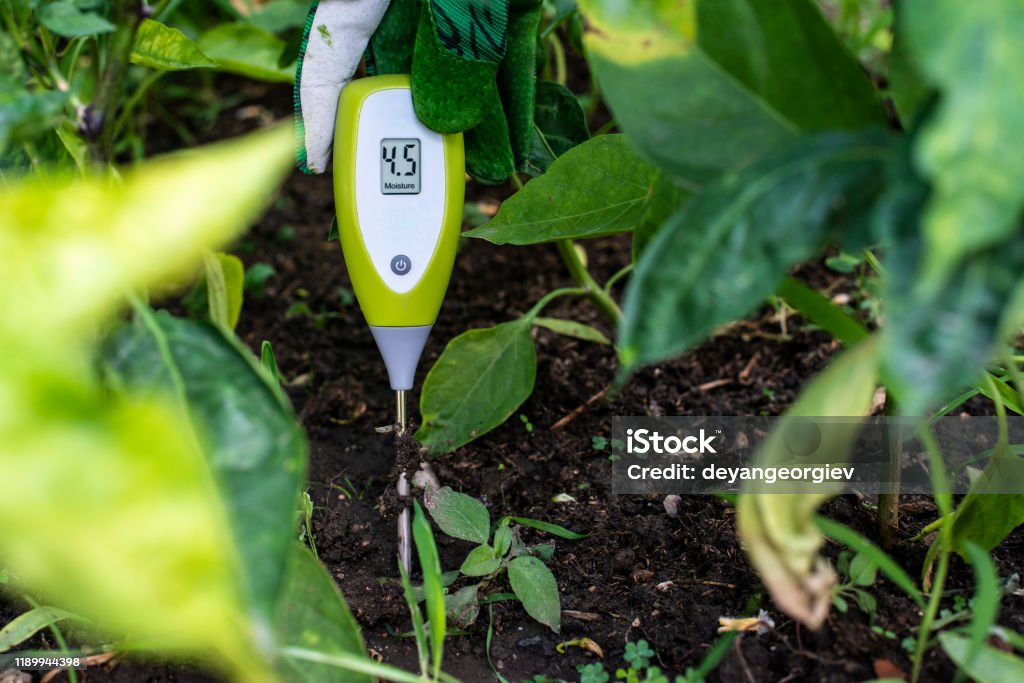
Beyond the Basics: Continuous Learning and Adaptation
Embarking on the journey of DIY soil testing and garden management is an open invitation to a world of continuous learning and adaptation. The initial steps of testing soil pH, nutrient levels, moisture, and texture lay the groundwork for a deeper understanding of your garden’s unique environment. However, the true art of gardening unfolds in the ongoing observation and responsiveness to your garden’s changing needs. This dynamic process encourages gardeners to become lifelong learners, constantly adapting their practices to meet the evolving demands of their plants and soil.
Continuous learning in gardening involves staying curious and open to new information. Advances in soil science, sustainable gardening techniques, and organic practices are continually reshaping our understanding of how best to nurture our gardens. Engaging with gardening communities, attending workshops, and reading up on the latest research can inspire innovative approaches to soil management and plant care.
Adaptation, on the other hand, is about applying this knowledge practically, tweaking your gardening methods based on the feedback your garden provides. For instance, if certain amendments improve soil structure or if altering your crop rotation scheme reduces pest pressures, these successes inform future gardening decisions. Similarly, challenges like unexpected soil pH shifts or nutrient imbalances prompt adjustments, whether it’s trying new amendments or experimenting with different plant varieties more suited to your garden’s conditions.
The journey beyond the basics of soil testing into continuous learning and adaptation is what transforms gardening from a hobby into a passion. It’s a commitment to not just grow plants, but to grow as a gardener, deepening your connection with the natural world. This approach not only enriches your garden but also contributes to a more sustainable and environmentally conscious way of living, nurturing a legacy of growth and resilience for future generations to enjoy
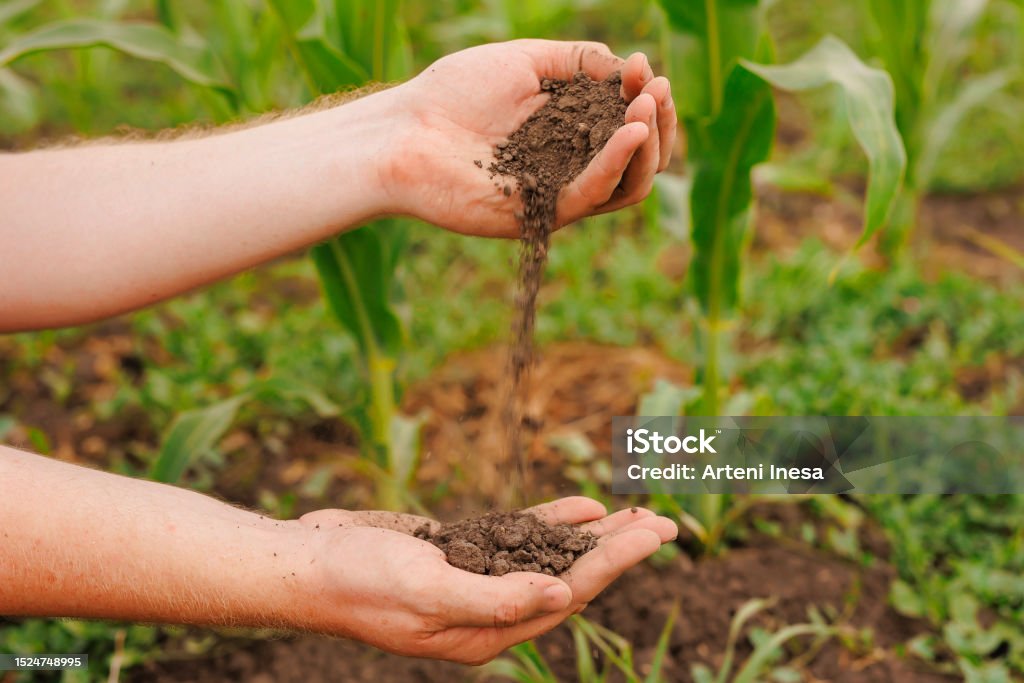
Cultivating Success Through Knowledge
Cultivating success in your garden is intrinsically linked to the continuous acquisition and application of knowledge. The journey of a gardener is one of endless learning, where each season brings new insights, challenges, and triumphs. Understanding the intricacies of your garden’s soil through DIY testing is a powerful first step, laying the foundation for informed decision-making and effective gardening practices. This pursuit of knowledge not only enhances the health and productivity of your garden but also fosters a deeper connection with the environment.
Knowledge in gardening encompasses a broad spectrum, from the basics of soil science to the complexities of plant physiology and pest management. By delving into these subjects, gardeners equip themselves with the tools necessary to navigate the challenges of gardening, turning potential obstacles into opportunities for growth. Whether it’s adjusting soil pH, addressing nutrient deficiencies, or optimizing water use, each action is informed by a solid understanding of the underlying principles of horticulture.
Moreover, cultivating success through knowledge encourages a proactive approach to gardening. Rather than reacting to problems as they arise, informed gardeners can anticipate issues and implement preventative measures, ensuring their gardens remain vibrant and productive. This proactive stance is crucial in sustainable gardening practices, where the goal is not only to produce bountiful harvests but also to maintain the health of the soil and the broader ecosystem.
In essence, the path to a successful garden is paved with knowledge. It is a journey that challenges us to grow alongside our plants, constantly seeking new information and refining our practices. By embracing this journey of continuous learning and adaptation, we cultivate not just our gardens, but also a legacy of sustainability, resilience, and harmony with nature.
Embarking on the journey of DIY soil testing is more than a gardening task; it’s a step towards becoming a steward of the land beneath your feet. By understanding the intricacies of your garden’s soil, you’re equipped to make informed decisions that foster healthier plants, more bountiful harvests, and a more vibrant ecosystem. The knowledge gained from these simple tests empowers you to tailor your gardening practices to meet the specific needs of your soil, ensuring that every seed planted has the best chance to thrive.
As we close this chapter on DIY soil testing, let us carry forward the message that every gardener has the power to unlock the potential of their soil. The secrets revealed through these tests are not just insights into the ground below but also stepping stones to a more sustainable and fruitful gardening practice. So, grab your trowel, and your curiosity, and embark on a soil-testing adventure that promises to enrich both your garden and your gardening journey.
Are you ready to unlock the full potential of your garden? Dive into the world of DIY soil testing and transform the way you nurture your plants. Join our community of passionate gardeners, sharing insights, triumphs, and the joy of gardening. Sign up for our newsletter for more tips, tricks, and tales from the garden. Together, let’s grow our knowledge, our gardens, and our connection to the earth. Start your DIY soil testing today and watch as your garden transforms into a testament to the power of informed gardening. Let’s cultivate a future where every plant thrives, supported by the foundation of healthy soil.
